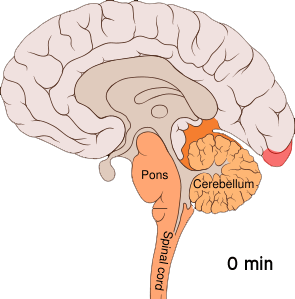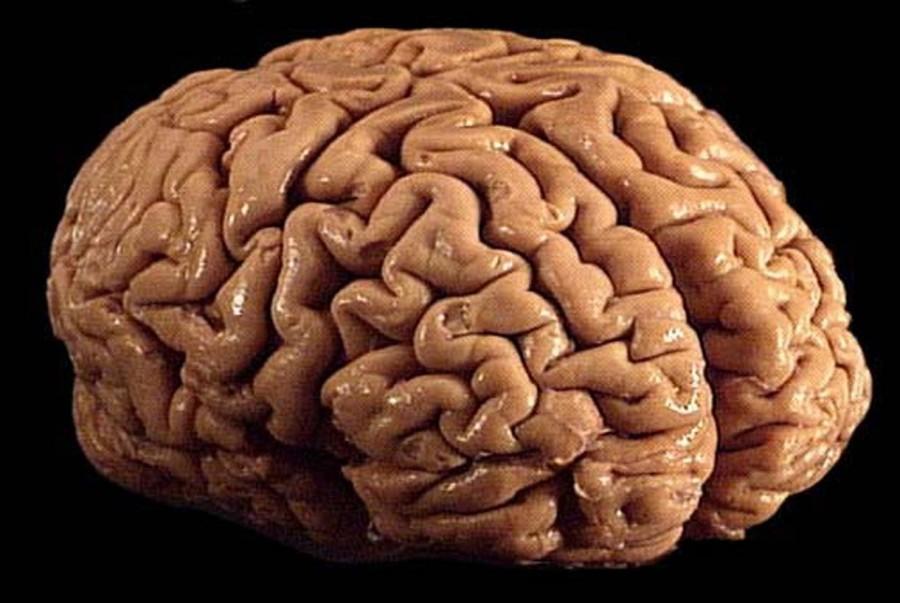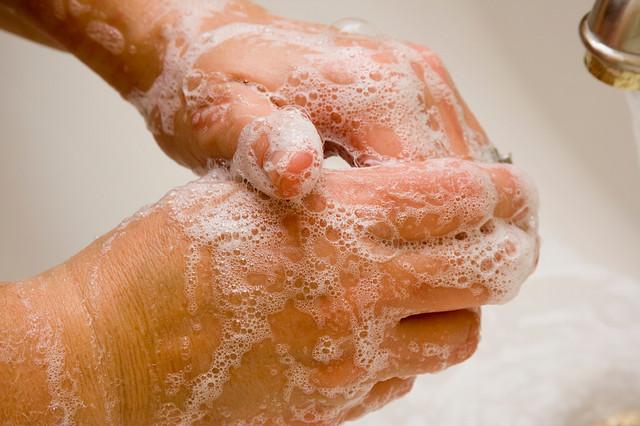 By Staff Writer: Marissa VanDaelen
By Staff Writer: Marissa VanDaelen
Headaches themselves are no fun to deal with but what’s even worse than a headache is a migraine. Migraines are painful, severe headaches that are often accompanied by warning signs. Sensitivity to light, nausea, and throbbing head pain, are all symptoms of a migraine that no one wants to deal with. The pain that migraines bring can last for hours or even days. If you’re someone who often gets migraines, it’s crucial to understand what they are exactly, what causes them, and how to deal with them.
According to Medical News Today, migraines result from a combination of blood vessel enlargement and the release of chemicals from nerve fibers around blood vessels. During a migraine, an artery located on the outside of the skull enlarges which causes a release of chemicals that cause inflammation and pain.
Some people who often get migraines can easily identify the factors that cause them, but many can’t. It’s important to try to identify why you are suffering from migraines so you can learn how to handle it. According to Medical News Today, common potential migraine triggers include: allergies, bright lights, loud noises, certain odors, physical or emotional stress, irregular sleep, and eating habits.
According to WebMD, there are many symptoms of migraines. Throbbing pain mainly occurs on one side near the temples, forehead, or eyes. If you have a migraine, you are more than likely going to be sensitive to light and sound. You may also experience nausea, vomiting, or vision problems. Some people experience migraine auras. These occur about 20 minutes before the actual pain. People may see wavy lines, dots, flashing lights, or they may just have blurry vision or blind spots.
Migraines are three times more likely to occur in men than in women, according to WebMD. They’re also common most among people with epilepsy, depression, anxiety, asthma, and other disorders. Migraines can be hereditary too so it’s important to look at your family history. Experts believe it’s possible that migraines could simply be related to mutations in genes that affect certain areas in the brain as well.
Once you figure out your migraine symptoms and what you think is causing them, it will hopefully become that much easier to deal with. Robert Sheeler, M.D. says that some lifestyle alterations might help reduce migraine frequency. Getting enough sleep, reducing stress, drinking water, and avoiding certain foods are just a few of the many things you can do that could reduce your migraines.
According to the American Headache Society, keeping a journal of all your migraines may help you further identify what you’re dealing with. Write down each day you get a migraine and put down the symptoms you had and possible triggers. With this method, you may be able to prevent migraines in the future.
If you find that you can’t seem to reduce your migraines on your own, there are some treatment options. One well-known treatment option is medication. There are many different types of medication and the type you get should be based on how often you get migraines and how severe they are. According to Migraine Trust, many sufferers with severe migraines are treated with a migraine-specific drug called triptans. Triptans are most effective when taken early in a migraine.
Another treatment that could possibly help migraines is called biofeedback. This treatment can give relief similar to the help medication provides. Biofeedback uses a monitor to train you to recognize muscle tension and changes in body temperature. According to Migraine Trust, biofeedback can teach you to raise the temperature of different parts of your body. For example, if you raise the temperature in your hands, redirecting blood flow to the hands reduces blood flow to the head which can ease migraine pain. Biofeedback requires professional help to learn but can be used anywhere once the skill is acquired
Acupuncture could potentially reduce migraines as well. According to New York ACUHealth, Traditional Chinese Medicine has been used to treat headaches and migraines for thousands of years. Acupuncture inserts fine needles in specific points on the body to help balance the body’s energy flow and decrease muscle tension which could prevent migraines.
About 28 million Americans suffer from migraines. If you are one of them, it’s essential to diagnose it and figure out ways to treat it. Whether you can treat it yourself or find alternative ways, migraines are different for everyone. More often than not, they can be successfully reduced, if not eliminated.









